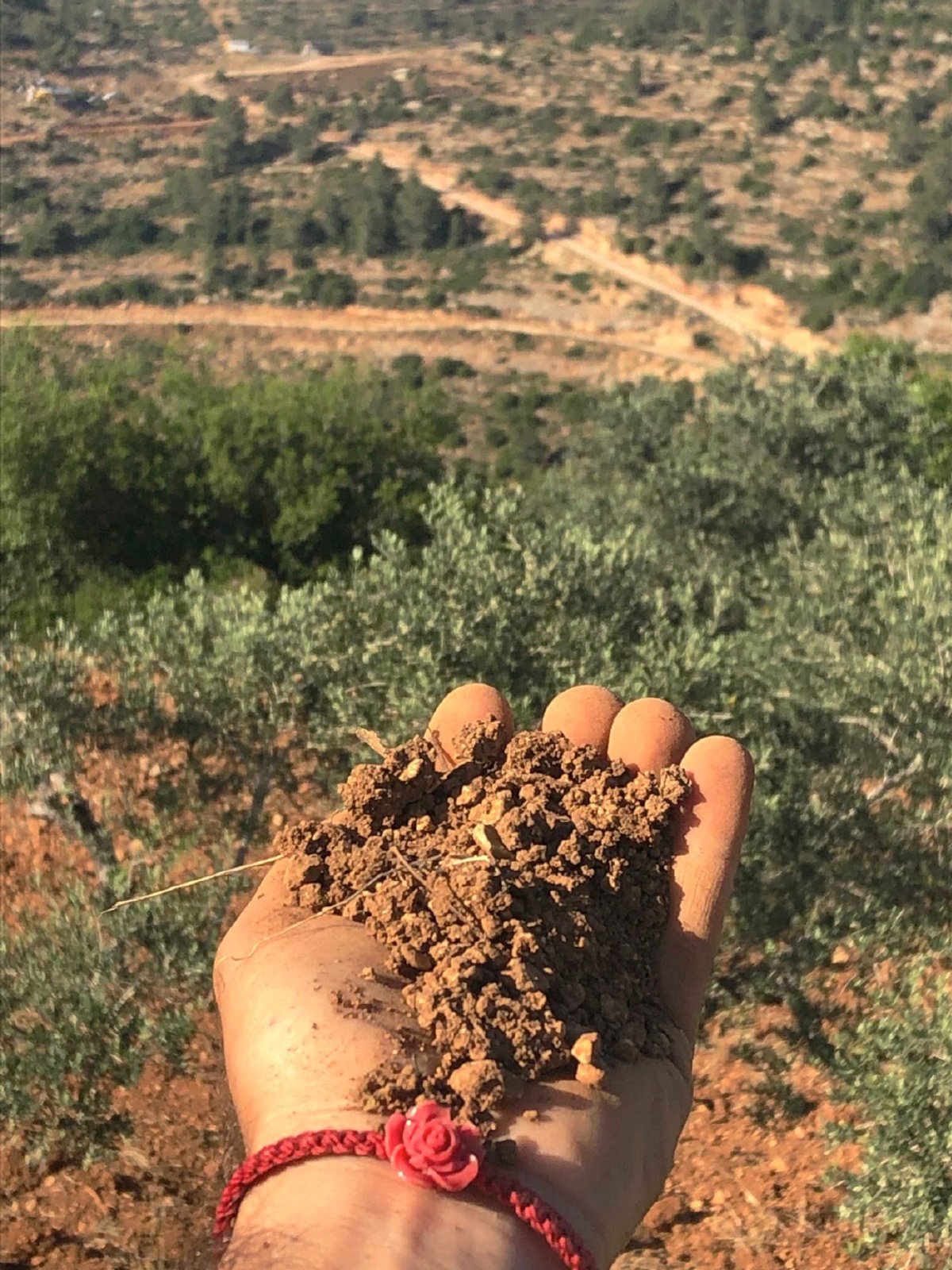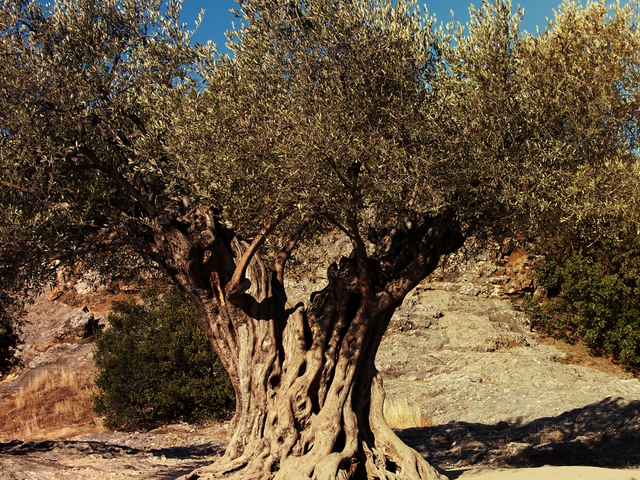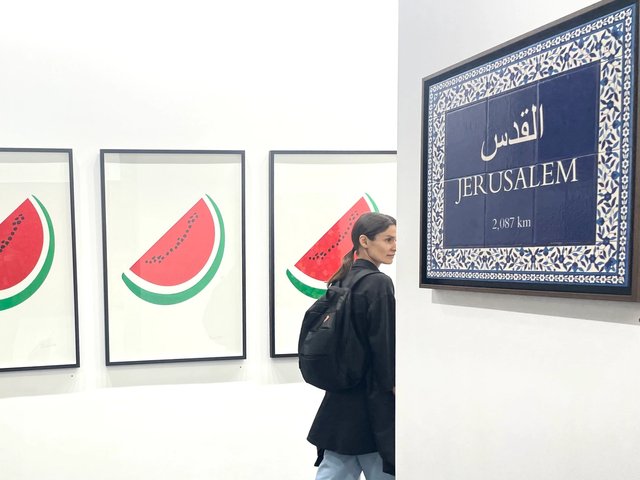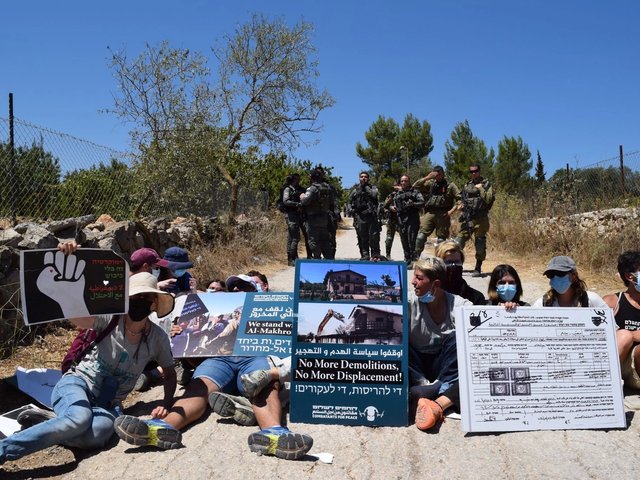Earlier this month, as protests erupted over the forced expulsion of Palestinian families from the Jerusalem neighbourhood of Sheikh Jarrah, the artist Khaled Jarrar walked from his house in the Palestinian city of Ramallah to the nearby village of Kaubar to grab a handful of dry dirt. He then walked back home, placed the dirt into a glass jar and minted it as an NFT.
"Gazing at the landscape that is shrinking daily by annexation, I chose to mark the hypocrisy of Israeli occupation and its unending spectrum of social, economic, and ecological apartheid by NFTing the soil," says Jarrar. He is selling editions of the work "If I don’t steal your home someone else will steal it" (2021) on the platform Our Zora, in collaboration with the blockchain art collective Strc prst skrz krk (SPSK).
While planned months ago, its release comes as a deadly exchange of fire between Palestinian militants in the Gaza Strip and the Israeli military since 10 May has led to the most severe outbreak of violence in the region in almost a decade. According to the Gaza Health Ministry, at least 227 people have been killed in Gaza, 64 of whom were children. At least 12 people were reported dead in Israel.
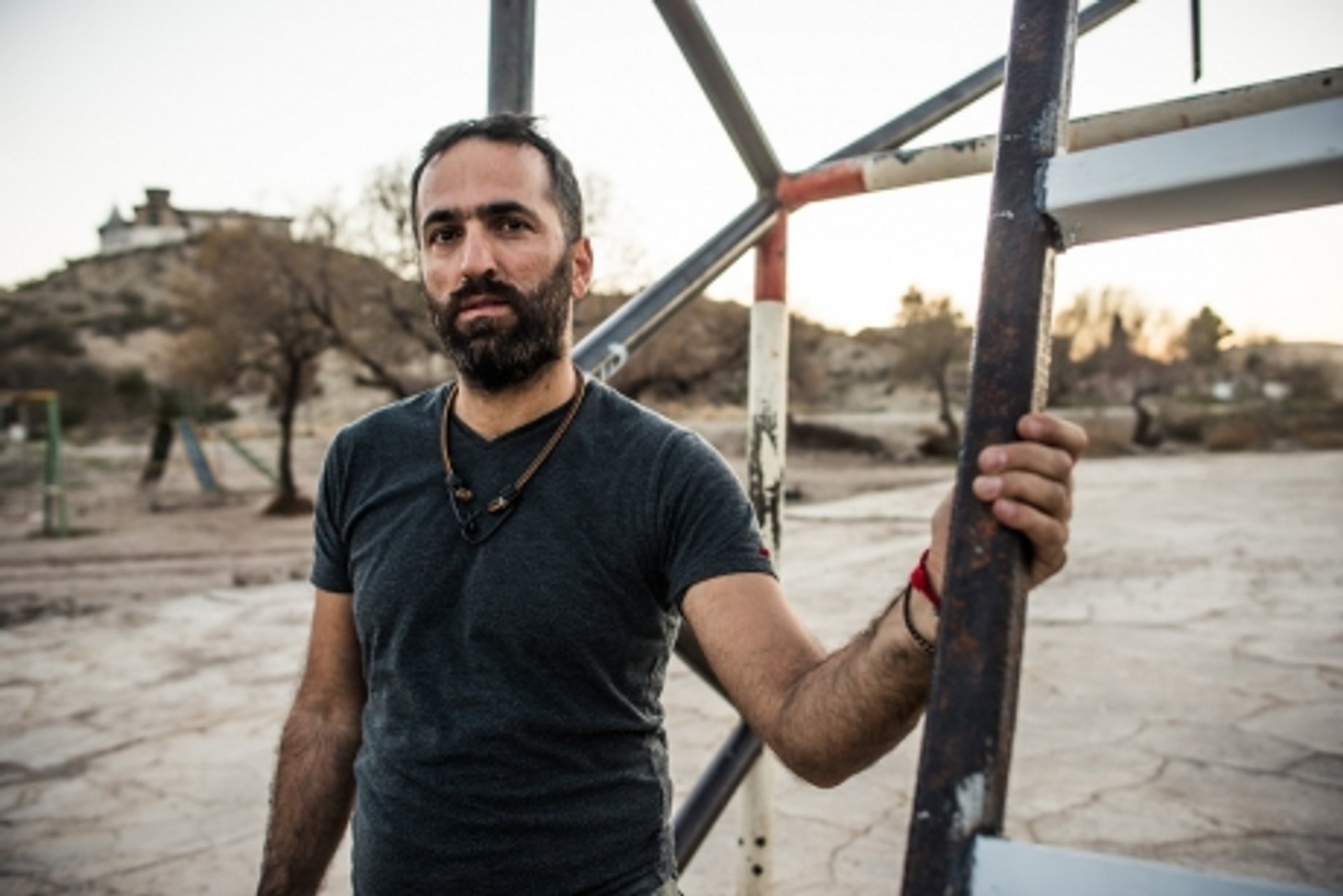
Khaled Jarrar
Jarrar, whose previous work includes a ladder situated upon a fence on the US-Mexico border, hopes for the NFT to symbolise a reclamation of his nation's land. "The most geopolitically valuable real estate, at least according to its military-industrial complex cost, is Palestine," he says. "Israel was carved out of Palestine by a bunch of white, western colonialists and the Palestinian people have paid for it ever since. I’m selling little plots of Palestine that, for the first time in the last century, unequivocally belongs to whomever buys it. Non-fungible."
It is not just Israel's occupation of Palestinian land that Jarrar hopes to draw attention to with this work, but also the use of the land itself. Since the early 20th century, Israeli agricultural policies have dramatically reduced Palestine's crop production, with land under Palestinian cultivation in the West Bank having decreased by over 60% since the 1960s. Palestine could boost its economy by as much as a third if it was allowed access to this partitioned fertile land, according to a report by the World Bank.
The introduction of European plant species has also caused havoc to the region's soil. "Under the guise of eco-progressivist policy, [Israeli organisations] have a history of planting non-native trees that ecologically impoverish the land, significantly reducing biodiversity and accelerating desertification," Jarrar says. "In an age where the threat of climate catastrophe is everywhere, Israel greenwashes the occupation by marketing itself as a forward-thinking environmentally-friendly democracy."
Accordingly, the sale's proceeds will go towards planting and farming indigenous seedlings and trees on land in the Palestinian village of Kober, engaging the local youth to support permacultural practises, whereby land systems are designed to resemble natural ecosystems. In recent years, Palestine has seen a marked resurgence of young people using regenerative farming as a form of agriculture-based activism.
In the early hours of Thursday, Israel carried out more than a dozen airstrikes on Gaza, including two that destroyed two houses in the territory’s south. Israeli and Palestinian militants halted their fire for several hours today as efforts to reach a truce appear to have gathered momentum. But in the face of a continuing human rights crisis, Palestinian groups are urging institutions across the world—including major cultural bodies—to boycott Israel and put weight behind their resistance movement.
"Expressing solidarity with Palestinians, against apartheid, occupation, and ethnic cleansing is still a wildly political, polarising act of the imagination for the western art world," Jarrar says.


